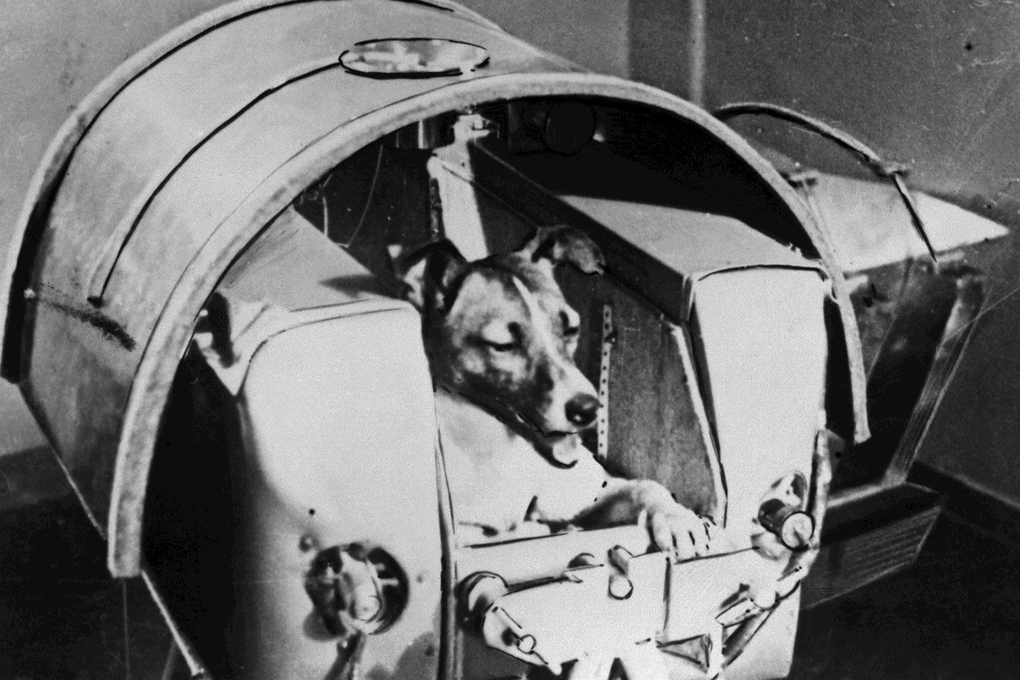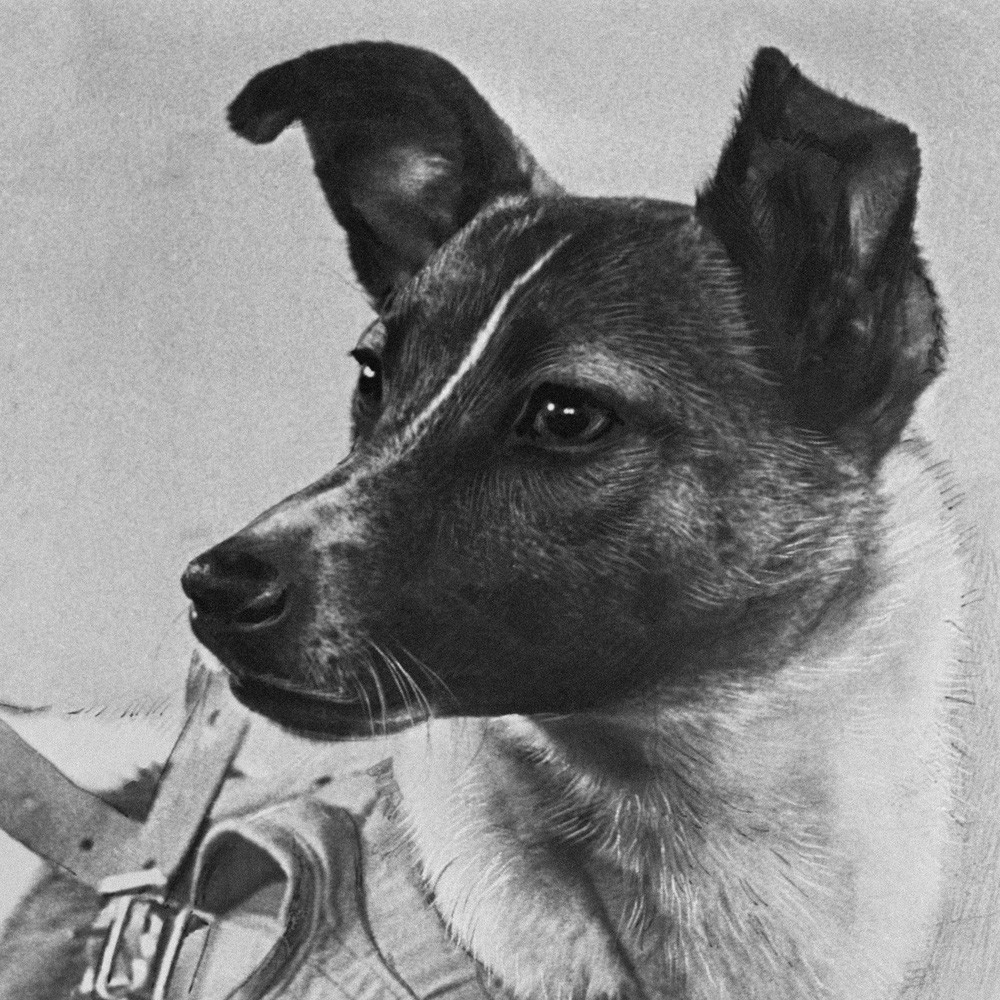Laika – The First Dog to Journey into Space
Laika, the first dog to journey into space, is a symbol of pioneering spirit in the space race between global superpowers during the 20th century. Her historic mission not only marked the beginning of a new era in space exploration but also left a lasting impression on many animal lovers. In this article, we’ll delve into Laika’s life, her role in the first spaceflight, and the significant contributions she made to space science.
Laika – A Stray Dog Turned Space Icon
Laika was a female mixed-breed dog, approximately 3 years old, found on the streets of Moscow, Soviet Union. Scientists selected Laika because of her resilience and survival instincts after enduring the tough conditions of street life. Her small size, weighing around 6 kg (13 lbs), along with her calm and friendly demeanor, made her an ideal candidate for the space mission.
Laika was one of the many stray dogs used by Soviet scientists in early space experiments. The reasoning behind choosing stray dogs was that they were thought to be more adaptable to harsh conditions and more likely to withstand the stresses of space travel.

The Historic Mission with Sputnik 2
On November 3, 1957, Laika was launched into space aboard the Sputnik 2 spacecraft, becoming the first living being to orbit the Earth. This mission took place just one month after the Soviet Union successfully launched the world’s first artificial satellite, Sputnik 1, into space. Laika’s journey marked a significant step forward in the space race between the Soviet Union and the United States.
The primary goal of Sputnik 2 was to test whether a living creature could survive in space. It was a vital step in preparing for future human spaceflights. Scientists aimed to study how the stresses of space travel—such as weightlessness, high G-forces during launch, and the confined environment of a spacecraft—would affect a living organism.
Laika’s Tragic End
Although Laika’s mission was a groundbreaking achievement, her fate was sealed from the start. At the time, space technology was still in its early stages, and the Soviet engineers had no way of bringing Laika back to Earth alive. Initial reports from the Soviet Union claimed that Laika survived for several days, but later it was revealed that she died from overheating just a few hours after launch due to a malfunction in the spacecraft’s temperature control system.
Despite this tragic end, Laika’s sacrifice contributed invaluable data to the space program, helping scientists design better spacecraft systems that would eventually carry human astronauts safely into orbit and back.

Laika’s Legacy
Laika has become an enduring symbol in the history of space exploration. She paved the way for future space missions, including the historic flight of Yuri Gagarin, the first human in space, in 1961. Her mission also helped advance the knowledge of the physiological effects of space travel on living organisms.
Although sending animals into space remains a controversial practice, Laika’s role in advancing space science is undeniable. In 2008, a small monument was erected in Moscow in her memory, honoring her sacrifice and her place in space history.
Conclusion
Laika was not just the first dog to orbit the Earth; she was a symbol of bravery, sacrifice, and scientific progress. Her story continues to inspire generations, reminding us of the pioneering efforts and the sacrifices made in the quest to explore the unknown. Laika will forever be remembered as an iconic figure in the history of space exploration, embodying humanity’s dreams of reaching beyond the stars.














